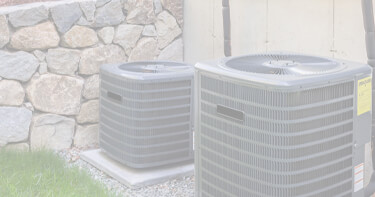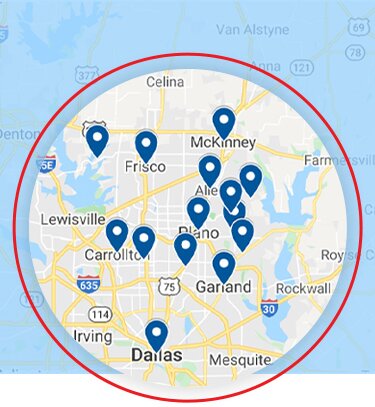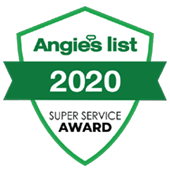
How To Maximize Airflow Through Vent Positioning
Ensuring air balance in your HVAC system is critical to maintaining its efficiency and the indoor air quality of your environment. When HVAC systems are imbalanced through improper vent positioning, you can experience hot or cold spots while overtaxing your air conditioning and heating systems. But how do you correct this issue? Total Air has the answers to help you maximize your HVAC’s potential through vent positioning.

Best Practices for Vent Positioning
Intake or return vents should be located in centralized rooms where your family often gathers. These central locations help your HVAC unit efficiently pull air from the house back into the system. They’re often on the wall instead of the floor or ceiling. Supply vents should be located on floors, interior walls, or ceilings to help distribute air throughout the room.
If you find areas in a room that are overly cold or hot, you must adjust the vent fins to slant slightly toward the room. This will help to direct airflow away from the walls and toward the spot experiencing the issue.
Common Mistakes in Vent Placement
We don’t often think about vent placement in our busy everyday lives. However, several common mistakes can lead to poor airflow and HVAC performance:
- Closing vents completely: By closing vents completely, you increase the air pressure within your HVAC system, reducing its efficiency and leading to uneven temperatures within your home.
- Placing electronics near vents: Electronic devices give off heat, thus disrupting the temperature of the air coming out of the nearest vent. This can lead to warm spots, thus making your system work harder.
- Unbalanced air ducts: Unbalanced air ducts significantly impact the efficiency and comfort of your HVAC system by causing uneven temperatures, increased energy bills, and wear and tear on the equipment. Your technician can balance your system so each room receives equal airflow and heats or cools at the same rate.
Seasonal Adjustments for Airflow
By adjusting the vent’s fins seasonally, you can aid your HVAC system in maintaining a comfortable temperature throughout your home. In the summer, you’ll want to open vents on the upper floors because hot air rises. By opening these vents, you help to push more cool air into the warmer area of your home. You’ll also want to close vents partially on lower floors to direct more cool air into the upper levels. If your HVAC system has dampers, you’ll want to adjust them to direct more airflow to the upper floors as well.
In the winter, you’ll want to do the opposite by opening vents on lower floors, partially closing vents on upper floors, and adjusting your dampers to direct more airflow to the lower floors of your home.
When To Call a Professional
If you’ve made these adjustments in your home and are still experiencing poor airflow, this can indicate an issue like too few vents, ductwork problems, blower motor issues, or a clogged filter. This is the time that you’ll want to call Total Air for a tune-up or repair.
Since 1957, Total Air has been proud to serve the Dallas Metro Area. We offer 24/7 emergency HVAC services performed by knowledgeable HVAC technicians to ensure your HVAC system runs smoothly and efficiently. We’re not comfortable until you are, is our slogan for a reason. It’s our goal to ensure your HVAC system keeps you comfortable year-round.
If you’re in the Dallas, Plano, or North Dallas area and experiencing HVAC issues, contact Total Air today!
a step above the rest
awards & community involvement
awards & community involvement
a step above the rest










